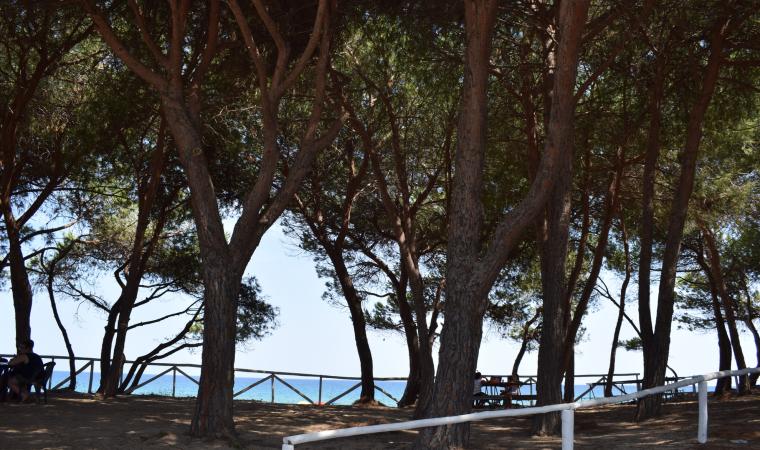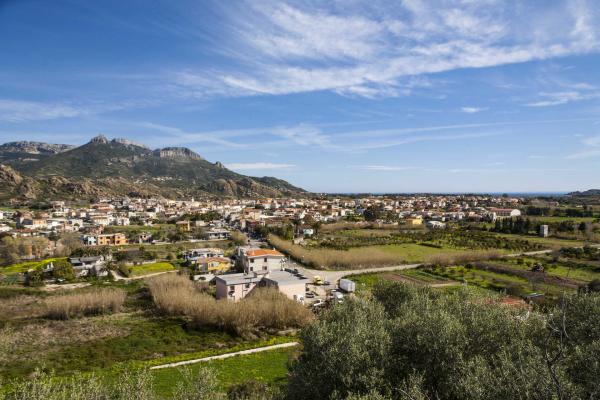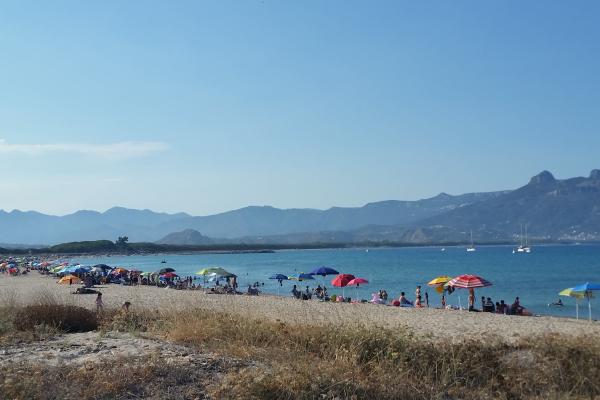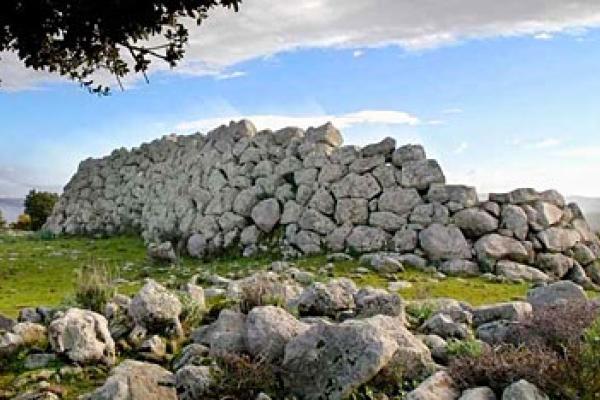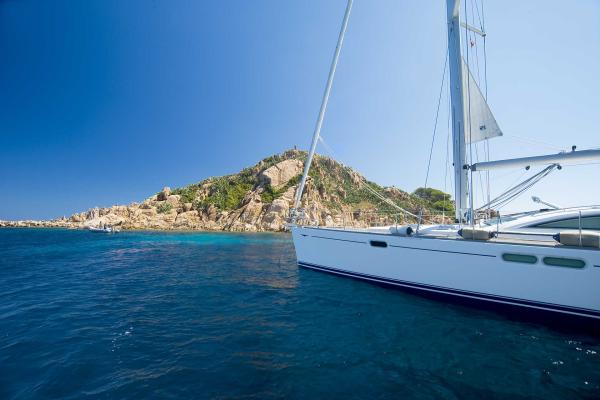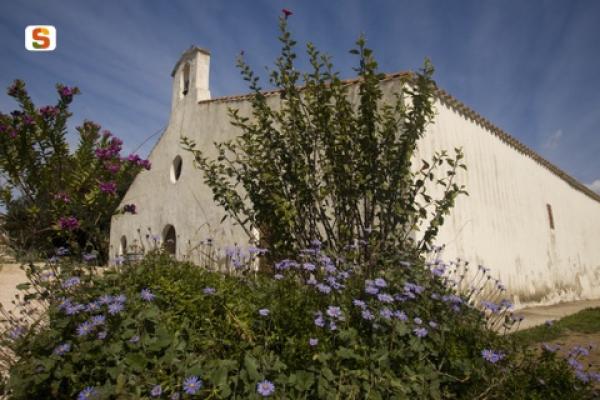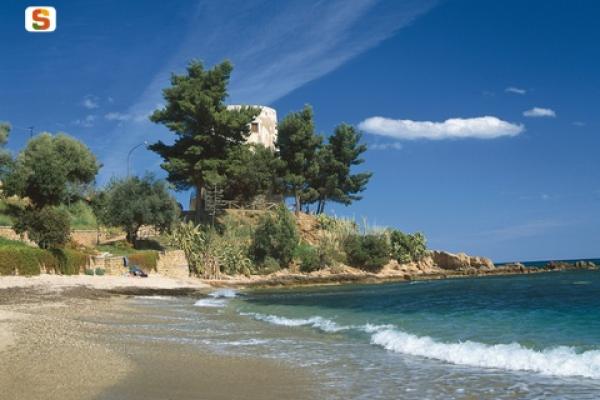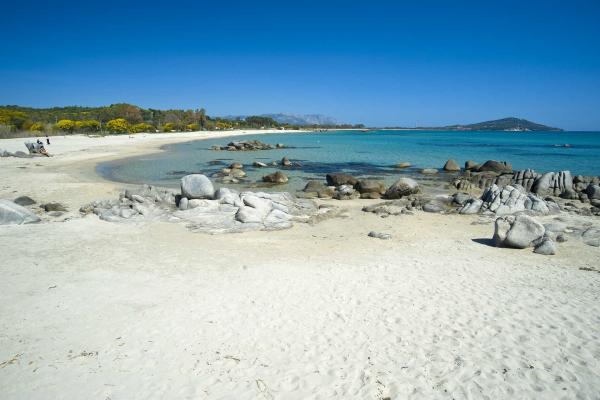According to several scholars, Girasole corresponds to the ancient Sulci Tirrenica (Tyrrhenian Sulcis). Since the times of Roman Emperor Caracalla it has been spoken of as Sardinia's eastern resort and the geographer Tolomeo (2nd century AD) defined its inhabitants as Sulcitans. Archaeological investigations confirm that Girasole emerged almost three thousand years ago: the ruins of buildings have been discovered and are of the same construction type as the Punic buildings in Sant'Antioco (western Sulci), dating back to the 4th-3rd century BC, preceded by more ancient Phoenician buildings. Numerous artefacts, recovered during reclamation of the nearby Pond of Tortolì, where the ancient port was located, have provided further confirmation. Phoenicians and Carthaginians made the ancient Sulci a fundamental port of call for routes towards the Peninsula. The development continued on during the Roman periods, making it a crucial outpost in Mediterranean trade. In the 12th century, it was called Gelisoi, which was transformed over time into its current name.
According to several scholars, Girasole corresponds to the ancient Sulci Tirrenica (Tyrrhenian Sulcis). Since the times of Roman Emperor Caracalla it has been spoken of as Sardinia's eastern resort and the geographer Tolomeo (2nd century AD) defined its inhabitants as Sulcitans. Archaeological investigations confirm that Girasole emerged almost three thousand years ago: the ruins of buildings have been discovered and are of the same construction type as the Punic buildings in Sant'Antioco (western Sulci), dating back to the 4th-3rd century BC, preceded by more ancient Phoenician buildings. Numerous artefacts, recovered during reclamation of the nearby Pond of Tortolì, where the ancient port was located, have provided further confirmation. Phoenicians and Carthaginians made the ancient Sulci a fundamental port of call for routes towards the Peninsula. The development continued on during the Roman periods, making it a crucial outpost in Mediterranean trade. In the 12th century, it was called Gelisoi, which was transformed over time into its current name. In local dialect, it continues to be Gelisui and is the only village in Ogliastra, today with approximately one thousand 300 inhabitants, that has been standing (never has this term been more appropriate) in the same place for three thousand years. It is separated from Lotzorai by the Girasole rivulet and it is about one kilometre from the sea. The beach of Isula Manna with its light sand is surrounded by the greenery of a pinewood and it looks out onto iridescent blue waters. Next to it, the pond, which was a port in ancient times, is the habitat of numerous bird species and is an attraction for nature lovers and birdwatching enthusiasts.
Of the six ancient churches in Girasole, today only the parish church of Nostra Signora di Monserrato still remains. It was initially a Gothic-Catalan style building and was later rebuilt between the 16th and 17th centuries with simpler shapes. The renovation that took place in 2014 uncovered 18th-century frescoes. The celebrations in honour of the patron saint, with a parade of traditional dress and horsemen, take place at the beginning of September, while the celebration of St. Antiochus is held two weeks after Easter. In mid-January, the fires of Sant'Antonio Abate are lit. In April, in the context of Primavera in Ogliastra (Spring in Ogliastra), Pratzas de Gelisuli takes place: the houses are opened up and ancient know-how and flavours are commemorated: you will be able to admire manufacturing methods, cultural and folk expressions and food and wine specialties. On the subject of delicacies, don't miss the festival of Is culurgionis, a typical Ogliastra dish, in July: fresh pasta with a potato, mint and Pecorino cheese filling and sealed to look like 'ears of wheat'. Lastly, in August, there is the International Folklore Festival, with local folk groups and others coming from Africa, Asia, Eastern Europe and South America.




